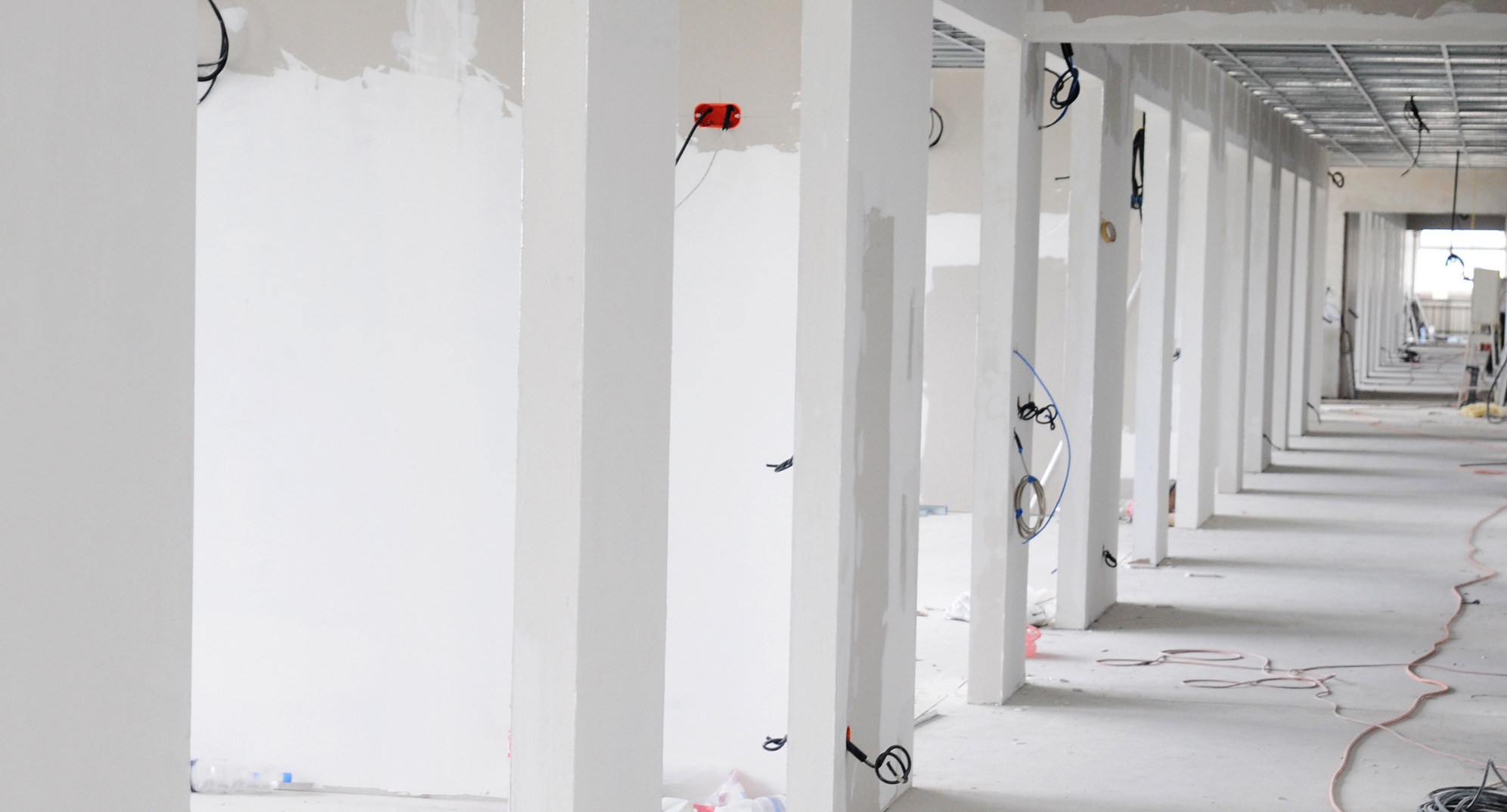Evaluating Waterborne Pathogen Risks for a Stronger Water Management Plan

Having an effective water management program has proven critical for minimizing patient exposure to a wide range of dangerous waterborne pathogens. In fact, one CDC study found that approximately 21% of HAIs can be transmitted via water. However, many hospitals have struggled with the development and implementation of a comprehensive water management program.
Pathogens include Mycobacterium, which have proven to be problematic in healthcare facility water systems and cause a range of diseases through exposure to wounds and contamination during surgical procedures. Pseudomonas bacteria, found in soil and water, is another common pathogen that can be fatal upon infecting immunocompromised patients. The list goes on but can be dramatically curtailed through an understanding and mitigation of the sources of waterborne pathogens and pathways.
Identifying waterborne pathogens: the goal of your water management plan
Waterborne bacteria are ubiquitous. They typically grow in stagnant water or water that is between 68 to 124 degrees Fahrenheit, and are commonly found in a variety of water systems such as cooling towers, condenser water systems, storage tanks, showers, faucets, air conditioning units and ice machines. When the growth of this bacteria goes undetected, hospital patients can breathe in airborne mist from water droplets containing the bacteria, leading to a potentially deadly infection.
The first step to addressing these waterborne pathogen risks is understanding common sources and pathways. Stagnant water is a common source of waterborne pathogens in healthcare facilities. This stagnation can occur when water systems experience underuse, such as a rarely used shower in an ICU, or after a wing or facility closure.
The environment also becomes ripe for bacteria growth when water-using systems are not appropriately maintained. For example, ice machines that are not regularly disinfected or adequately maintained can lead to a build-up of biofilm that supports bacteria, mold, and other pathogens.
Construction work can lead to sources of stagnant water or become a pathway for such water. Most major construction or renovation projects have to either turn off the water or connect water at some point to a connection that may not have been appropriately disinfected. Further, construction activities may disturb piping systems, resulting in a change in water quality. A pre-construction risk assessment should include waterborne pathogen control mechanisms.
How to create a water management plan
Due to the high risk of transmitting HAIs via water, the Centers for Medicare & Medicaid Services (CMS) now require that Medicare-certified healthcare facilities have water management policies and procedures in place. To comply with regulations around waterborne pathogens, this program should refer to ASHRAE 188, the national consensus standard for Legionella risk assessment and risk mitigation, and the CDC toolkit Developing a Water Management Program to Reduce Legionella Growth & Spread in Buildings: A Practical Guide to Implementing Industry Standards.
The Joint Commission (TJC) provides further guidance on how to create an effective water management plan through its new water management program standard for Hospital (HAP), Critical Access Hospital (CAH), and Nursing Care Center (NCC) accreditation programs.
TJC previously had a single requirement: to minimize “pathogenic biological agents in cooling towers, domestic hot- and cold-water systems, and other aerosolizing water systems.” TJC’s new standard went into effect January 1, 2022, with four Elements of Performance (EP) that include specific requirements outlining TJC expectations for what that program should include. The four EPs require a team or designated individual responsible for:
- Oversight and implementation of the water management program. The program must include a written plan and diagram of all water supply sources, treatment systems and control measures, processing steps and all end-use points.
- Development of specific program components. These include, but are not limited to, a water risk management plan, a plan for addressing stagnant water and water monitoring protocols.
- Documenting water monitoring protocols and acceptable ranges for control measures, corrective actions and procedures to follow if measurements fall outside of those ranges and when a probable or confirmed waterborne pathogen case is identified.
- Updating and maintaining the program. Updates must address new risks such as changes to the water system that may add hazard points or the addition of new equipment.
While many healthcare facilities were already doing some level of these requirements, this more prescriptive update will support stronger enforcement of this program. This indicates it is a high priority for The Joint Commission’s future compliance focus.
Build a reliable team of management and subject matter experts
To ensure compliance with this requirement, take time to build a knowledgeable water management team. With a multi-department team in place, healthcare systems can develop a plan to proactively mitigate risks and rapidly respond in the event that a problem occurs. Members may include representatives from engineering, nursing, quality/risk management, and infection control, the medical director of epidemiology, a senior-level support services director, a representative from clinical labs and environmental services, and the facility manager. Within your water management team, you’ll need to specifically assign clear rules and responsibilities.
With all of these requirements in place, it’s essential to have complete buy-in from each of the staff members involved. Ensure that your entire facility understands why following water management procedures is important in maintaining the health and safety of hospital patients.
If you are looking for guidance on the assessment of waterborne pathogen risks or implementation of an effective water management program, contact us today.
Subscribe
to our blog
"*" indicates required fields




